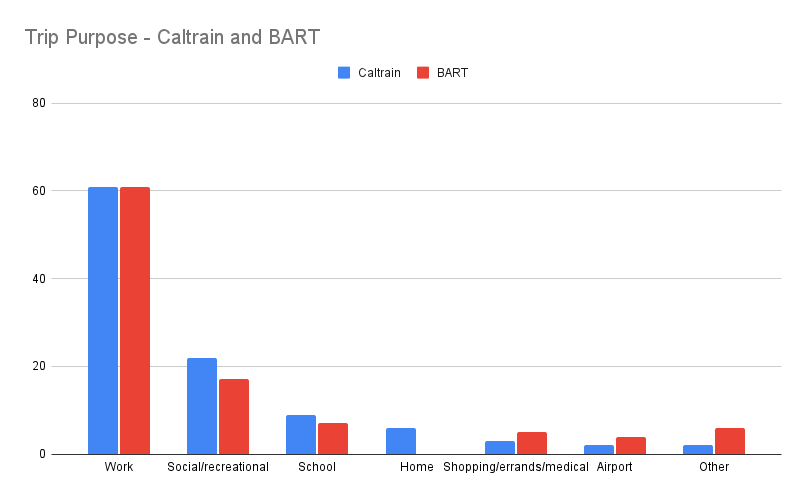At last week’s BART board budget workshop addressing the agency’s financial challenges, a number of BART board members encouraged exploring consolidation with other agencies.
Board Chair Janice Li suggested that BART explore expanding the BART district to incorporate San Mateo and Santa Clara Counties into the BART district.
Li also encouraged exploring consolidations, especially focusing on rail agencies, and/or functions. Li said that it would be worth studying whether there might be potential efficiencies or improvements in capital or operations. Other BART board members including Foley, Raburn and Dufty supported expanding the district, and exploring potential efficiencies from consolidations of agencies or functions.
Voters in San Mateo and Santa Clara Counties have not been represented on the BART board since the counties opposed joining the BART system when it was approved in the 1960s, even though the system later expanded in San Mateo County in the 90s including the airport extension, and to Santa Clara County (funded in 2000, first station opened in 2017).
In a recent op-ed from former state legislator Jerry Hill and former Caltrain board member Charles Stone, the former leaders disagree with expanding the regional rail district, expressing concern about San Mateo County residents putting more funding into BART, given BART’s financial challenges in the wake of Covid, as its ridership and revenue recovers gradually.
However, Caltrain’s ridership and revenue recovery is lagging behind BART, with 40% ridership recovery compared to BART’s 50%. Additional operating funding is likely to be needed – even with the launch of Caltrain electrification next fall.
The region’s transit agencies are currently working together with MTC on laying the groundwork for a regional funding measure for 2026 to sustain, improve, and coordinate public transportation across the region. It is hard to believe that having competing separate ballot measures for BART, Caltrain, SFMTA and AC Transit would do better than regional funding that included resources for highly popular initiatives to coordinate transit.
The op-ed expresses high confidence that current regional collaboration and Caltrain’s staff sharing with SamTrans are already resulting in a well-coordinated, efficient transit system. .
Several recent events show there are clear opportunities for better coordination and efficiency. BART’s recent schedule change degraded the Caltrain connection at Millbrae. Recently published rider surveys from both BART and Caltrain, which were funded and conducted separately, showed extremely similar results, suggesting opportunities to consolidate this sort of project.
Also, BART and Caltrain are planning to study standardizing their fares – a recommendation from the region’s adopted Fare Policy Vision that was projected to increase ridership at the scale of another Caltrain. But BART and Caltrain aren’t planning to get started until after the rollout of the next-generation Clipper in 2024, more than three years after the recommendation was adopted.
What do you think? Are their benefits to making Caltrain and BART act more like a single integrated system for riders? Should there be study of opportunities for consolidations of functions? Of agencies?
Please share your thoughts in comments.

